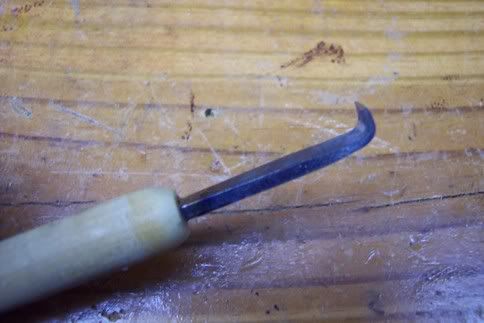Chevythunderman
40 Cal.
- Joined
- Mar 30, 2014
- Messages
- 196
- Reaction score
- 0
I can sharpen a knife without guides and get them scary sharp but its something with the single edge of a chisel that I have a hard time with. I have a large Arkansas tri stone that I use along with a small flat medium diamond sharpening tool. I have better luck with the diamond tool than the stone. I have all kinds of leather laying around and will try that. I have used a piece of 1000 and 3000 grit paper to polish my surface of the chisels and that helped a lot but its still not as sharp as I like. I'll try the glass and paper trick and see if that works. I totally agree on the better steel in chisels and tools. Im a firm believer in the you get what you pay for theory.





